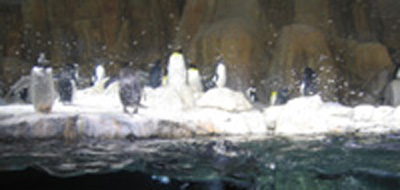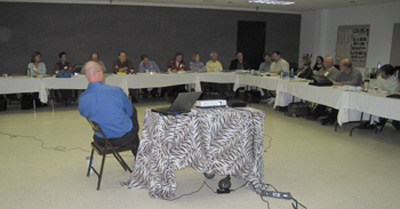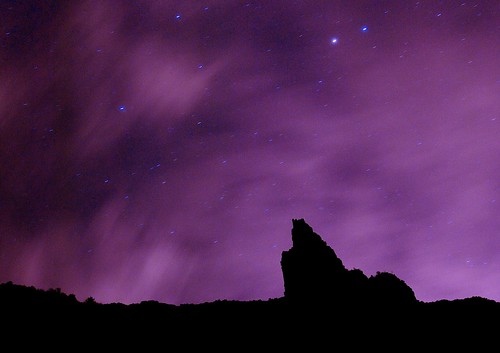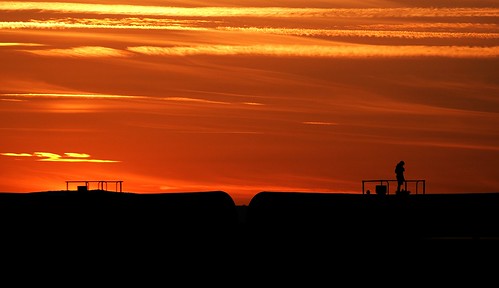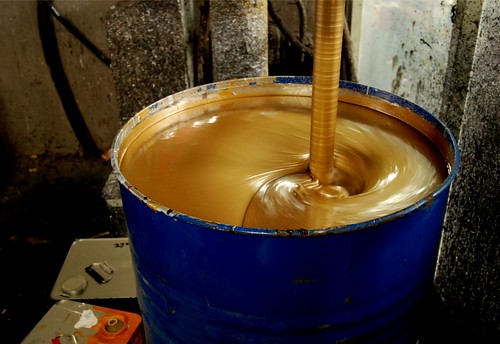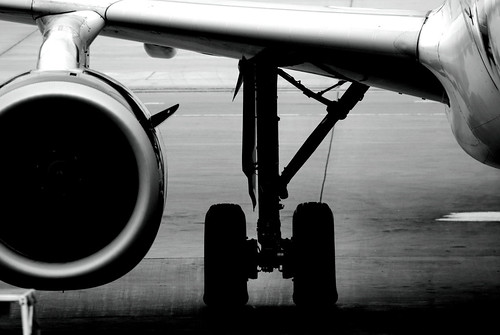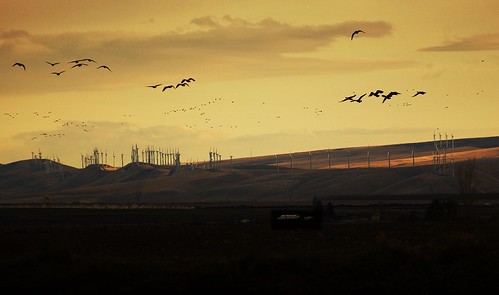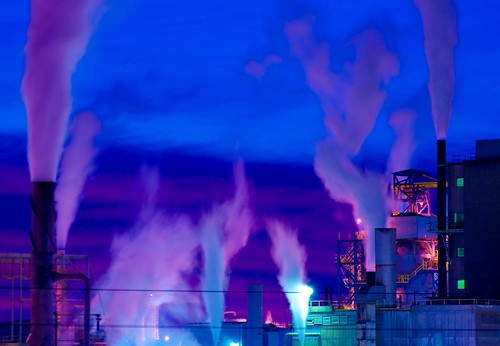If you find the RSS feeds for individual Sector Resources useful, you might be interested in trying out GLRPPR’s RSS feed for the latest document additions to all Sector Resources. If you want to keep up with resources on a wide variety of subjects, this could be helpful. Keep in mind that this feed only features new resource links added to the Sector Resources; it does not include events, news or funding opportunities, which are included in the individual Sector Resource feeds.
If you have problems or questions related to the “recent documents” feed, contact GLRPPR Webmaster Tyler Rubach.

